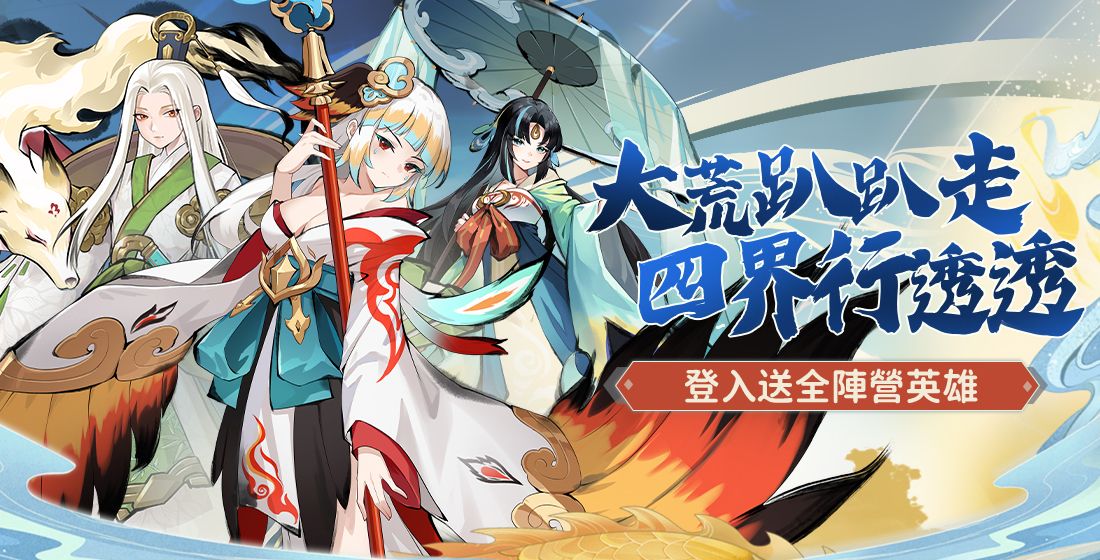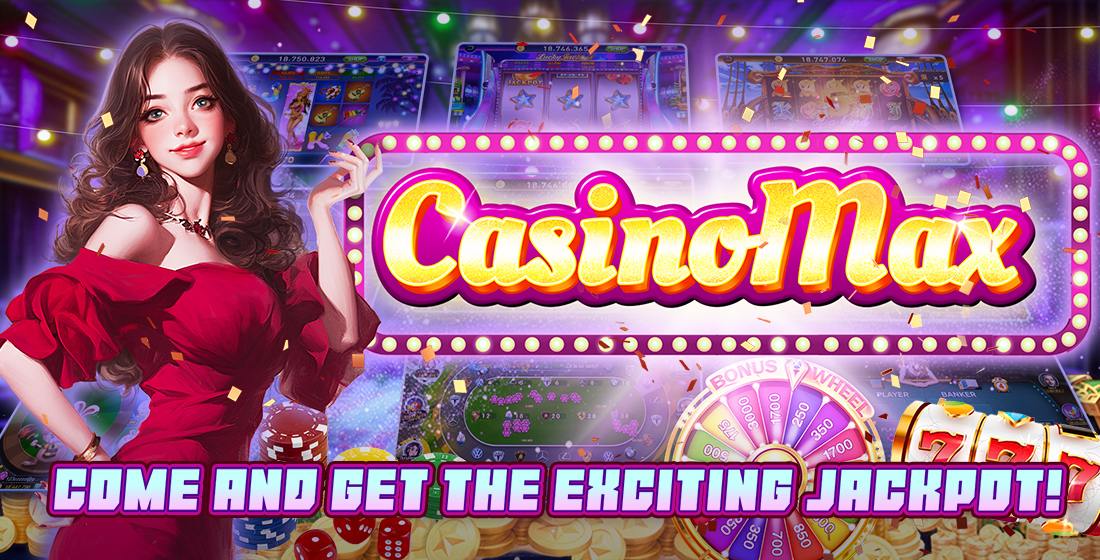Casual vs. Indie Games: Exploring Trends, Popularity, and Player Preferences
The gaming industry has experienced a remarkable evolution over the past few decades, diversifying into various genres and styles. Among these, casual games and indie games have emerged as popular segments, catering to different audiences. This article delves into the trends, popularity, and player preferences between these two distinct game types, while also touching upon related aspects such as the building mechanics in games like Clash of Clans and the nostalgic appeal of RPG games for Game Boy Advance.
The Rise of Casual Games
Casual games have gained immense popularity due to their accessibility and engaging gameplay. Designed for a broad audience, these games often feature simple mechanics that can be enjoyed in short bursts. Here are a few key characteristics of casual games:
- Easy to Learn: New players can quickly grasp the game mechanics.
- Short Play Sessions: Ideal for on-the-go gaming, perfect for commutes and breaks.
- Low Commitment: Players can leave and return without losing significant progress.
Popular Casual Games
There are numerous casual games that have reached widespread acclaim. Some noteworthy titles include:
| Game Title | Platform | Release Year |
|---|---|---|
| Candy Crush Saga | Mobile | 2012 |
| Angry Birds | Mobile | 2009 |
| FarmVille | Web | 2009 |
The Emergence of Indie Games
On the other hand, indie games represent a segment of the industry where small teams or even solo developers create unique gaming experiences. Often characterized by artistic vision and creativity, indie games cater to niche audiences. They usually require more dedication from players. Here are a few defining features of indie games:
- Innovation: Many indie games experiment with new styles or storytelling techniques.
- Artistic Expression: Often feature distinctive art styles and soundtracks.
- Community Driven: Player feedback can significantly influence game development.
Comparison of Popularity
Casual Games vs. Indie Games
Below is a table comparing key attributes of casual and indie games:
| Attribute | Casual Games | Indie Games |
|---|---|---|
| Accessibility | High | Medium |
| Gameplay Depth | Low | Varies |
| Player Investment | Minimal | High |
| Creativity | Moderate | High |
Player Preferences
Understanding player preferences is key when comparing these two genres. While casual gamers typically prefer games that can be played in short bursts with low stress, indie gamers often seek a more immersive experience that challenges their skills and offers a narrative.
Also, the community aspect plays a critical role in both genres. Casual games may have a large player base but often lack community engagement beyond leaderboards. In contrast, indie games often foster tight-knit communities, as developers actively engage with players, taking feedback and building user loyalty.
The Influence of Building Mechanics: Clash of Clans
Games like Clash of Clans demonstrate the popularity of strategic building mechanics. In this game, players need to strategize their building and resource management to succeed. Such mechanics attract both casual and dedicated gamers:
- Strategic Depth: Balancing building and resource management creates engaging gameplay.
- Social Interaction: Players often join clans, enhancing community bonding.
- Progression: The building of your base can lead to deeper investment in the game's ecosystem.
Nostalgia for RPG Games
For many gamers, the nostalgic aspect of RPG games for Game Boy Advance cannot be overlooked. These games often offered complex narratives and deep player choices, contrasting sharply with casual games. Players who grew up with RPGs might naturally gravitate toward indie games that offer similar depth.
Conclusion
In summary, both casual and indie games hold unique spots in the gaming industry. While casual games excel in accessibility and broad appeal, indie games attract those seeking innovation and deep engagement. Preferences can vary significantly, but understanding the distinctions can enhance player experiences. As gaming continues to evolve, both genres will likely coexist, catering to a diverse audience ready to explore. Players need to find what resonates with them—whether it’s the quick, fun engagement of casual games or the immersive challenges offered by indie titles.
FAQs
1. What are examples of popular casual games?
Popular casual games include Candy Crush Saga, Angry Birds, and FarmVille.
2. What defines an indie game?
Indie games are typically developed by small teams or individuals and focus on innovation and artistic expression.
3. Can I play casual games on my mobile device?
Yes, most casual games are designed for mobile platforms, making them accessible anywhere.
4. Are there communities for indie games?
Yes, indie games often have active communities where players can discuss their experiences and provide feedback.



